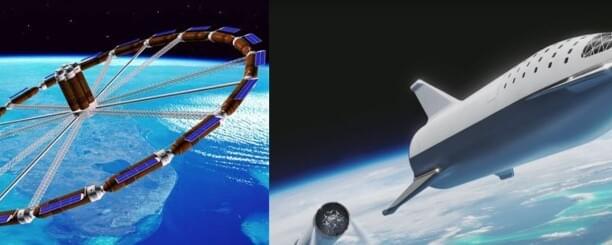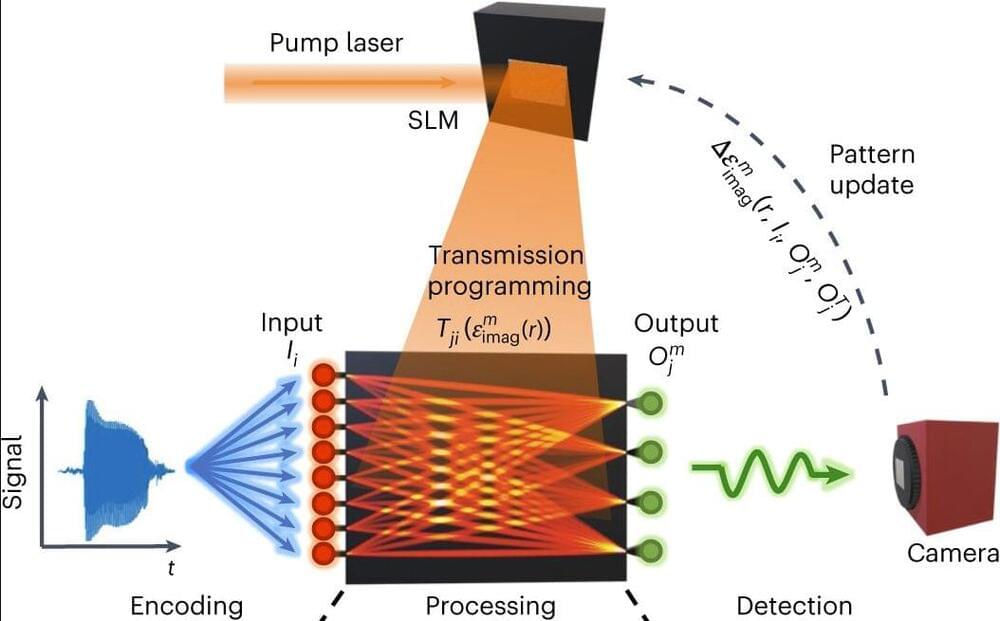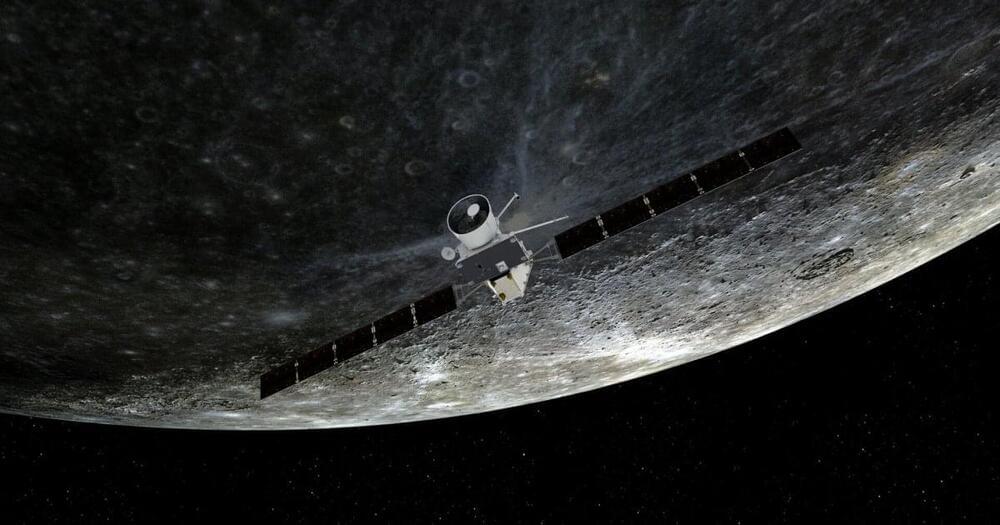Jun 20, 2023
NASA Will Make SpaceX Starship into Space Stations
Posted by Genevieve Klien in categories: evolution, internet, space
NASA will partner with SpaceX to make Starship space stations. This is part of NASA partnering with seven U.S. companies to make advanced space capabilities. SpaceX is collaborating with NASA on an integrated low Earth orbit architecture to provide a growing portfolio of technology with near-term Dragon evolution and concurrent Starship development. This architecture includes Starship as a transportation and in-space low-Earth orbit destination element supported by Super Heavy, Dragon, and Starlink, and constituent capabilities including crew and cargo transportation, communications, and operational and ground support.
Making Giant Space Stations Using SpaceX Starships
Each Starship has more than the volume of the International Space Station. They are also similar in size to the external fuel tank of the old Space Shuttle. There were many space station proposals based upon the external fuel tank of the Space Station. It will be easier to build with SpaceX Starships. The steel construction the SpaceX Starship makes them easy to weld, cut and modify. The SpaceX Starships will start being able to support astronauts.

 This week my guest Anne Scherer, a professor of marketing at the University of Zurich who specializes in the psychological and societal impacts that result from the increased automation and digitization of the consumer-company relationship.
This week my guest Anne Scherer, a professor of marketing at the University of Zurich who specializes in the psychological and societal impacts that result from the increased automation and digitization of the consumer-company relationship.
















